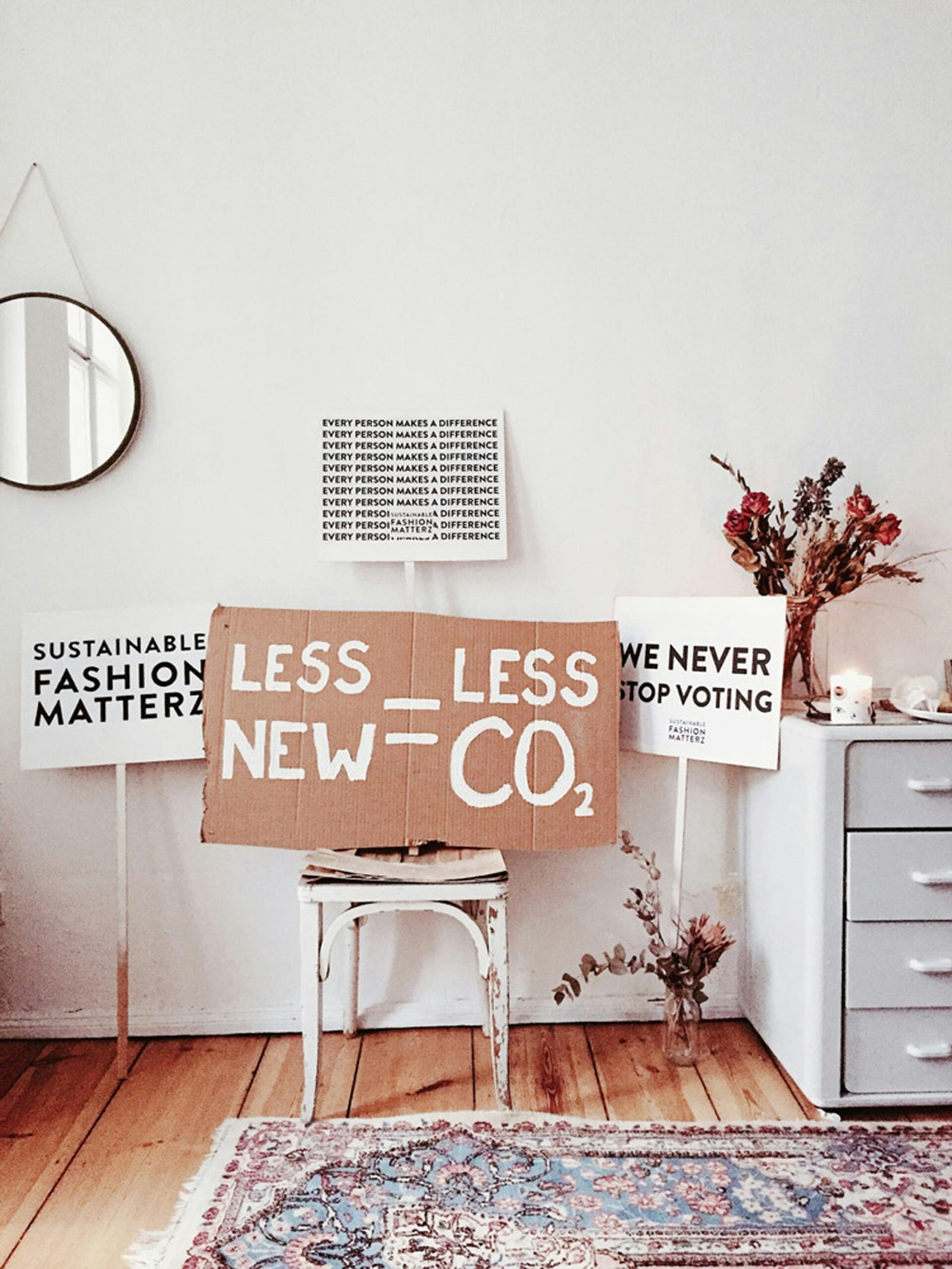Table of Contents
- Introduction
- Tip 1: Choose Sustainable Fabrics
- Tip 2: Embrace Secondhand Shopping
- Tip 3: Invest in Timeless Pieces
- Tip 4: Opt for Ethical Brands
- Tip 5: Practice Minimalism
- Tip 6: Take Care of Your Clothes
- Tip 7: Repurpose and Upcycle
- Tip 8: Support Local Artisans
- Conclusion
Introduction
Creating an eco-friendly wardrobe is not only beneficial for the environment but also for your personal style. By embracing sustainable fashion, you can make a positive impact on the planet while still looking stylish. In this article, we will explore eight tips to help you build a wardrobe that is both fashionable and environmentally friendly.
Tip 1: Choose Sustainable Fabrics
One of the key elements of an eco-friendly wardrobe is selecting clothes made from sustainable fabrics. Opt for materials such as organic cotton, linen, hemp, or Tencel, which are produced using fewer chemicals and require less water compared to conventional fabrics. These fabrics are not only better for the environment but also tend to be more durable and comfortable to wear.
Tip 2: Embrace Secondhand Shopping
Secondhand shopping is a fantastic way to reduce your carbon footprint and discover unique pieces for your wardrobe. Explore thrift stores, consignment shops, or online platforms that specialize in pre-loved clothing. By giving these items a second life, you are contributing to a more sustainable fashion industry and promoting a circular economy.
Tip 3: Invest in Timeless Pieces
Instead of following fast fashion trends that come and go, focus on investing in timeless pieces that will remain stylish for years to come. Classic wardrobe staples like a well-fitted blazer, a little black dress, or a quality pair of jeans never go out of style. By choosing versatile and durable items, you can build a wardrobe that stands the test of time and reduces the need for constant shopping.
Tip 4: Opt for Ethical Brands
Supporting ethical brands is another way to promote sustainability in the fashion industry. Look for brands that prioritize fair trade practices, pay their workers a living wage, and use environmentally friendly production methods. Many ethical brands also focus on transparency, providing information about their supply chain and the materials used in their garments.
Tip 5: Practice Minimalism
Adopting a minimalist approach to your wardrobe can significantly reduce your environmental impact. Instead of buying excessive amounts of clothing, focus on building a capsule wardrobe with versatile pieces that can be mixed and matched. By simplifying your wardrobe, you not only save money but also reduce the demand for fast fashion and its harmful consequences.
Tip 6: Take Care of Your Clothes
Properly caring for your clothes is essential for extending their lifespan and reducing waste. Follow the care instructions on the labels and consider using natural and eco-friendly detergents. Mend any minor damages, such as loose buttons or small tears, to avoid discarding otherwise perfectly wearable items. By taking care of your clothes, you can enjoy them for longer and minimize the need for constant replacements.
Tip 7: Repurpose and Upcycle
Get creative with your wardrobe by repurposing and upcycling old or worn-out garments. Turn a pair of jeans into shorts, transform a shirt into a tote bag, or add patches to give new life to a jacket. Upcycling not only allows you to personalize your wardrobe but also reduces textile waste and the consumption of new resources.
Tip 8: Support Local Artisans
Supporting local artisans and small businesses is a great way to promote sustainability and unique craftsmanship. Look for locally made clothing and accessories that are produced on a small scale. By purchasing from local artisans, you are supporting the local economy and reducing the carbon footprint associated with long-distance shipping.
Conclusion
Building a stylish and eco-friendly wardrobe is within reach by following these eight tips. By choosing sustainable fabrics, embracing secondhand shopping, investing in timeless pieces, opting for ethical brands, practicing minimalism, taking care of your clothes, repurposing and upcycling, and supporting local artisans, you can make a positive impact on the environment while still looking fashionable. Remember, every small step towards sustainability counts, and your choices as a consumer can contribute to a more sustainable fashion industry.
